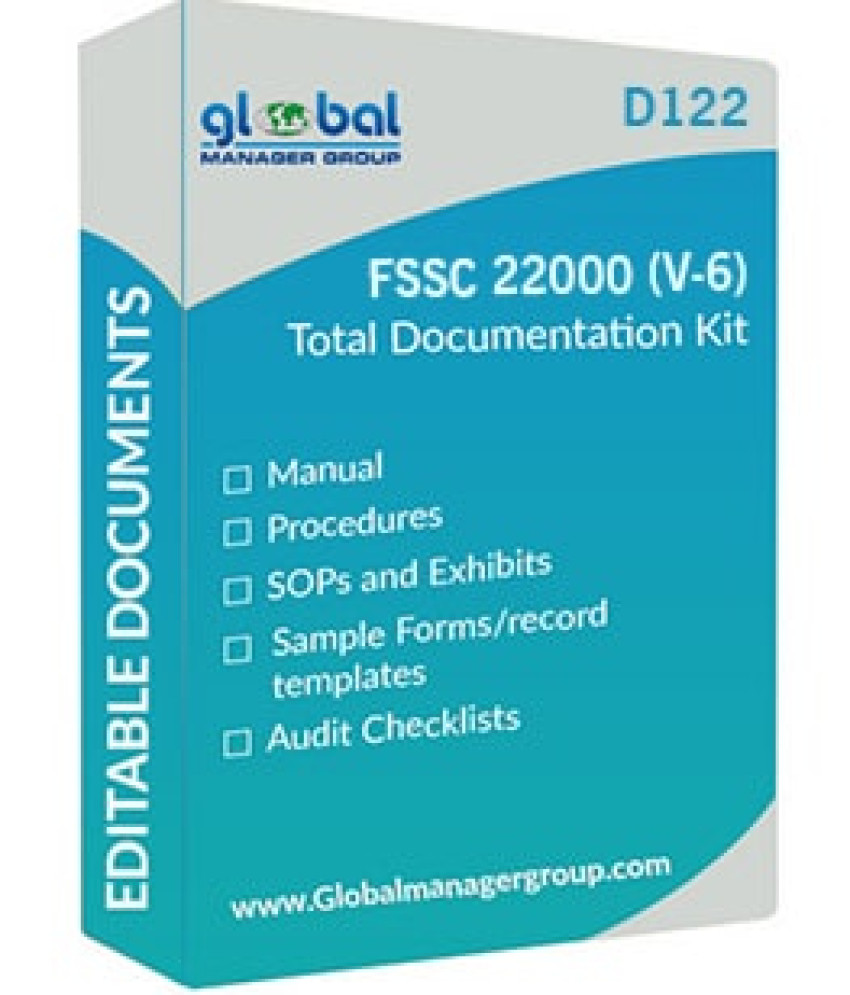
Inside the complex landscape of food safety control, transparency stands as a cornerstone for client consideration and regulatory compliance. This article delves into the essential position played by way of ISO 22000 documents, especially the ISO 22000 manual, in ensuring transparency throughout the food supply chain. Discover how meticulous documentation daily is a catalyst for openness, traceability, and self-assurance in meeting ISO 22000 standards.
Understanding ISO 22000 Documents:
ISO 22000 is a globally recognized standard designed to guarantee the safety of food products across the entire supply chain. In its middle is a suite of documents, inclusive of the ISO 22000 manual, procedures, and records, meticulously crafted to set up, implement, and maintain a robust Food Safety Management System (FSMS).
Transparency through the ISO 22000 Manual:
The ISO 22000 manual serves as a comprehensive guide, articulating an organization's commitment to everyday food safety. Via virtually outlining rules, objectives, and key processes, it daily the number one instrument for communicating transparently with stakeholders, including consumers, regulatory bodies, and business partners.
Operational Transparency via Documented Procedures:
Documented procedures play a pivotal role in ensuring operational transparency. Via detailing processes for daily risk analysis, operational control, and traceability, those procedures offer a clear roadmap for a way food safety is maintained at every stage of production, ensuring transparency in day-to-day operations.
Records as Proof of Transparency:
Comprehensive record -keeping is critical for providing tangible evidence of transparency. Records on monitoring activities, corrective actions, and verification activities not only demonstrates compliance with ISO 22000 standards but also serve as a historical record, offering transparency into the organization's commitment to continuous improvement.
Leveraging the ISO 22000 Documents for Stakeholder Confidence:
Powerful documentation isn't always just a compliance requirement; it is a tool for building stakeholder confidence. By way of fostering transparency through ISO 22000 documents, organizations can showcase their dedication to food safety, building trust with consumers, regulatory authorities, and partners in the supply chain.
Technology as a Catalyst for Transparent Documentation:
Inside the virtual age, technology plays a pivotal role in enhancing transparency. Leveraging digital tools for document control ensures that information flows seamlessly, enhancing accessibility and transparency across the organization. This not only facilitates compliance but also contributes to the proactive sharing of information.
Challenges and Solutions in Documented Transparency:
Whilst the benefits of transparent documentation in ISO 22000 are obvious, organizations may face challenges in maintaining and managing such extensive records. Balancing transparency with the need for confidentiality, especially concerning proprietary processes, is a delicate task. Imposing robust document control systems and training personnel on the importance of responsible information sharing are critical steps in overcoming these challenges.
Conclusion:
In conclusion, making sure transparency via ISO 22000 documents is more than a regular necessity; it is a commitment to food safety that resonates with stakeholders. The ISO 22000 manual, documented procedures, and meticulous record-keeping collectively contribute to building a culture of openness and trust. By embracing transparency in documentation, organizations not only comply with standards but also elevate their reputation as stewards of food safety in the global market.


